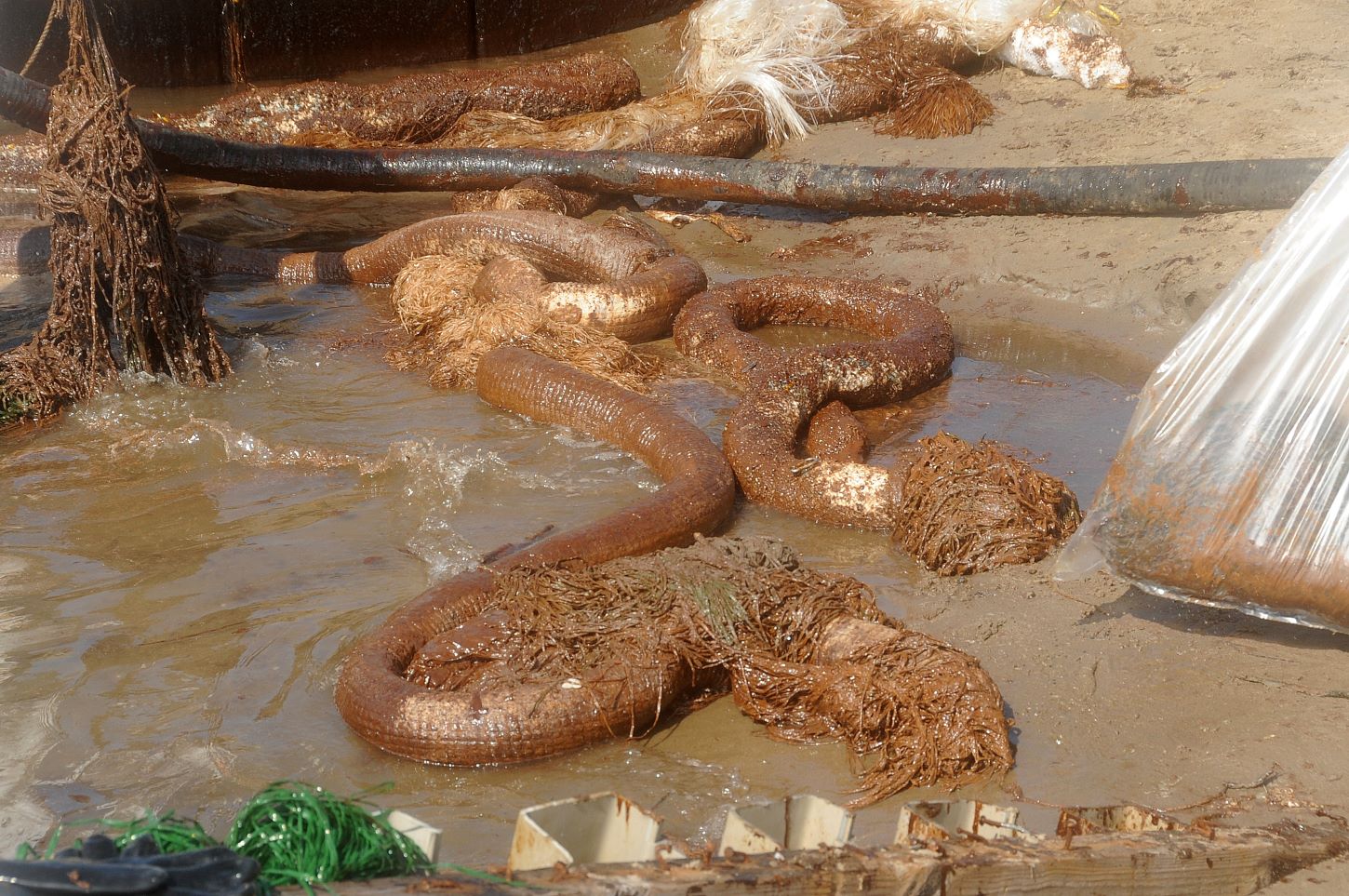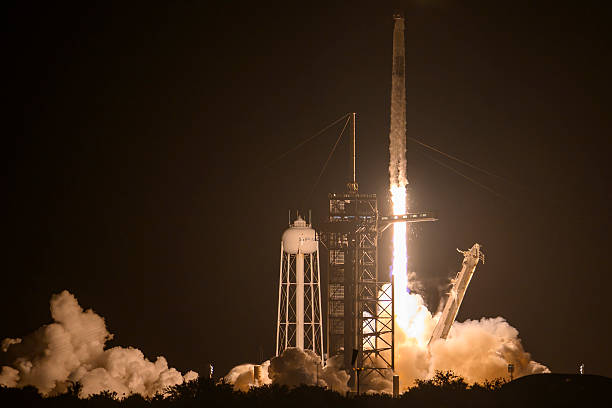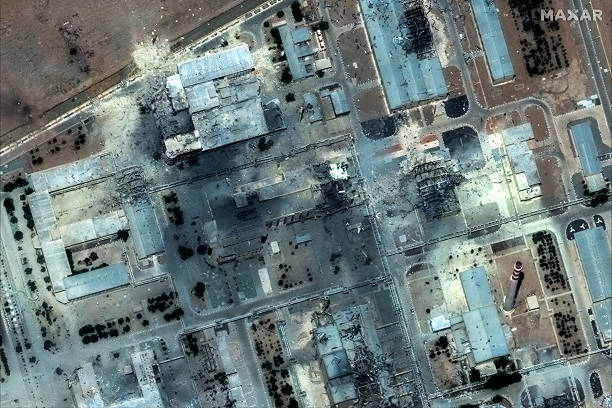DoD battle against ‘forever chemicals’ underfunded
The Pentagon’s efforts to address the widespread contamination of “forever chemicals,” known as PFAS, have hit a roadblock as its clean-up budget falls significantly short of the escalating costs, according to a new analysis. This funding shortfall poses a grave threat to public health and safety as the PFAS contamination crisis continues to deepen.

The estimated total cost of cleaning up approximately 50 contaminated military sites has surged to $31 billion, reflecting a substantial increase of $3.7 billion between 2016 and 2021. However, during the same period, the budget allocated for clean-up efforts has only seen a modest increase of $400 million, creating a stark disparity between the mounting costs and available resources, as revealed in a report by the Environmental Working Group (EWG), a non-profit organization tracking PFAS pollution.
Pentagon’s ‘forever chemicals’ cleanup budget falls ‘dramatically’ short https://t.co/Hh5IsTQgX8
— Guardian US (@GuardianUS) May 18, 2023
The consequences of this funding gap are dire, as many of the contaminated sites are projected to remain tainted for at least 50 years if the current pace of cleanup continues. Such prolonged exposure to PFAS chemicals poses significant risks to the health and well-being of service members and civilians residing in proximity to these sites.
PFAS, a class of approximately 15,000 chemicals, are notorious for their persistence in the environment, earning them the moniker “forever chemicals.” They have been widely used in numerous consumer products due to their resistance to water, stains, and heat.
However, the ubiquity of PFAS compounds has resulted in the contamination of drinking water sources for more than 200 million Americans, with military bases serving as major sources of pollution.
The Pentagon’s historical underestimation of the number of service members exposed to PFAS compounds has raised concerns about the accuracy and transparency of reporting. The EWG estimates that millions of service members have been exposed to these harmful chemicals over recent decades, emphasizing the urgency of acknowledging the true extent of the problem.
The impact of PFAS contamination extends beyond military personnel, affecting nearby civilian communities as well. Initial data from a congressionally mandated analysis revealed shockingly high levels of PFAS in water samples collected near 700 military installations, underscoring the urgent need for comprehensive clean-up efforts.
The consequences of delayed action are far-reaching. As the Pentagon’s clean-up efforts are hampered by inadequate funding, PFAS plumes continue to spread further into the groundwater, leading to the contamination of private wells and public drinking water systems.
While recent political leadership changes in the Pentagon and the Biden administration’s commitment to curbing pollution have generated some optimism, the challenges remain daunting. The DoD’s recent suggestion of a $7 billion request for fiscal year 2024 offers a glimmer of hope.
The urgency of the situation demands swift action. The crisis of PFAS contamination requires a collaborative approach involving Congress, federal agencies, and affected communities.
Strengthening regulations, allocating sufficient funding, and prioritizing the health and well-being of those affected are essential steps in addressing this public health threat.
As the Pentagon’s clean-up budget falls dramatically short of the rising costs, the need for immediate action cannot be overstated. The health and safety of service members, their families, and neighboring communities are at stake.







Conversation